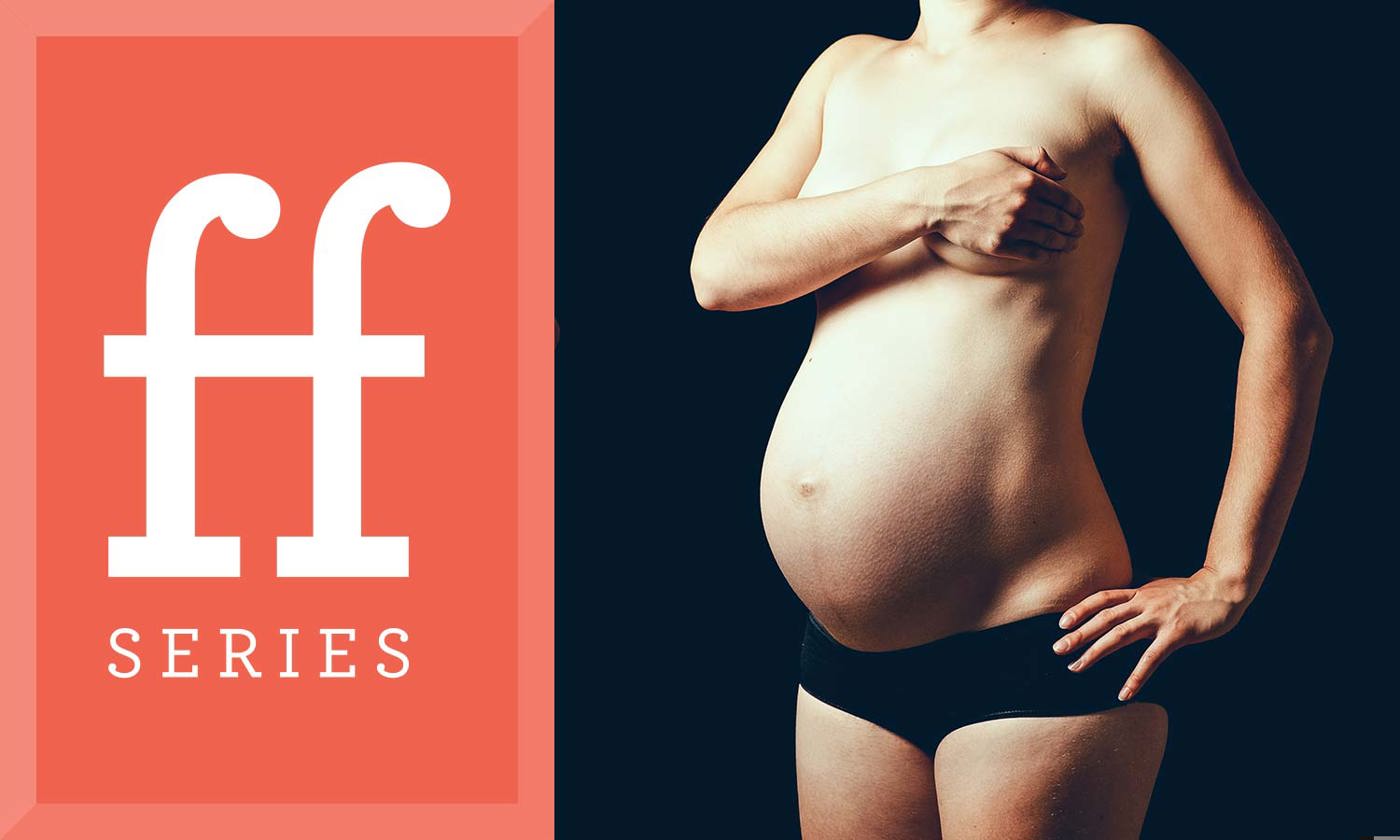Like what you see?
Sign up to receive more free parenting advice.
Thank you for subscribing to our newsletter!
Child Development

Credit: iStock.com/Ipinchuk
At 37 weeks, your pregnancy is considered full-term. The average baby weighs around 3-4kg by now1.
Your baby's gut (digestive system) now contains meconium – the sticky green substance that'll form your baby's first poo after birth. It may include bits of the lanugo (fine hair) that covered your baby earlier in pregnancy.
If your baby does a poo during labour, which can sometimes happen, the amniotic fluid will contain meconium. If this is the case, your midwife will want to monitor your baby closely as it could mean he or she is stressed.
In the last weeks, some time before birth, the baby's head should move down into your pelvis. When your baby's head moves down like this, it's said to be "engaged".
When this happens, you may notice your bump seems to move down a little. Sometimes the head doesn't engage until labour starts.
The lanugo that covered your baby's body is now almost all gone, although some babies may have small patches of it when they're born.
Because of the hormones in your body, the baby's genitals may look swollen when she or he is born, but they'll soon settle down to their normal size.
Your baby is ready to be born, and you'll be meeting her or him some time in the next few weeks.
Your body at 37-40 weeks pregnant
When you're around 37 weeks pregnant, if it's your first pregnancy, you may feel more comfortable as your baby moves down ready to be born. You'll probably also feel increased pressure in your lower abdomen.
If it's not your first pregnancy, the baby may not move down until labour.
Most women will go into labour between 38 and 42 weeks of pregnancy. Your midwife or doctor should give you information about what to expect if your baby is overdue.
Call your hospital or midwife if you have any worries about your baby, or about labour and birth.
Get ready for labour
- Know the signs that labour has started.
- Find out what happens during labour and birth.
- Be prepared by learning about pain relief during labour, so you can decide what's best for you.
- Find out when to contact your antenatal team during labour, when to go to the maternity unit and what to expect.
- Whether it's the baby's father, a friend or a relative, find out what your birth partner can do to support you during labour and birth.
Common concerns about giving birth
A breech birth is when a baby is born bottom first, which is more complicated than a head-first birth.
A caesarean section is when you have surgery to deliver your baby.
Your maternity team may recommend that your labour be started artificially. This is called induction.
Warning signs during late pregnancy
Bleeding from your vagina may be a sign of a serious problem, so seek help for vaginal bleeding in pregnancy.
High blood pressure and protein in the urine are signs of pre-eclampsia, which can be life threatening if untreated.
Itching at any stage of pregnancy can be a sign of the rare liver disorder intrahepatic cholestasis of pregnancy, sometimes called obstetric cholestasis or OC.
1 Contains public sector information licensed under the Open Government Licence v3.0
Get Advice
Real parents. Real problems. We’re here with a group of leading early learning and parenting professionals to answer your questions.




